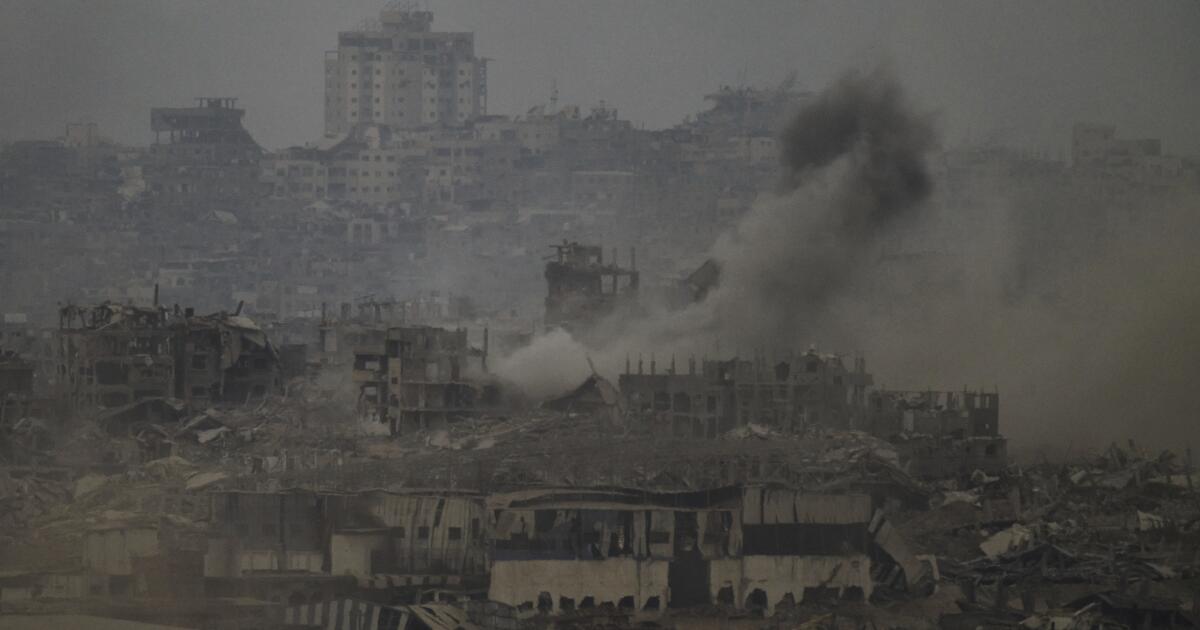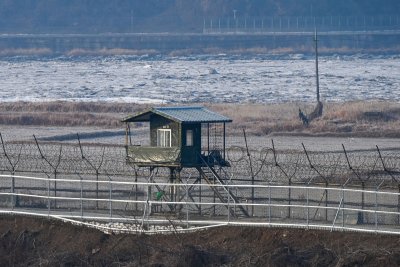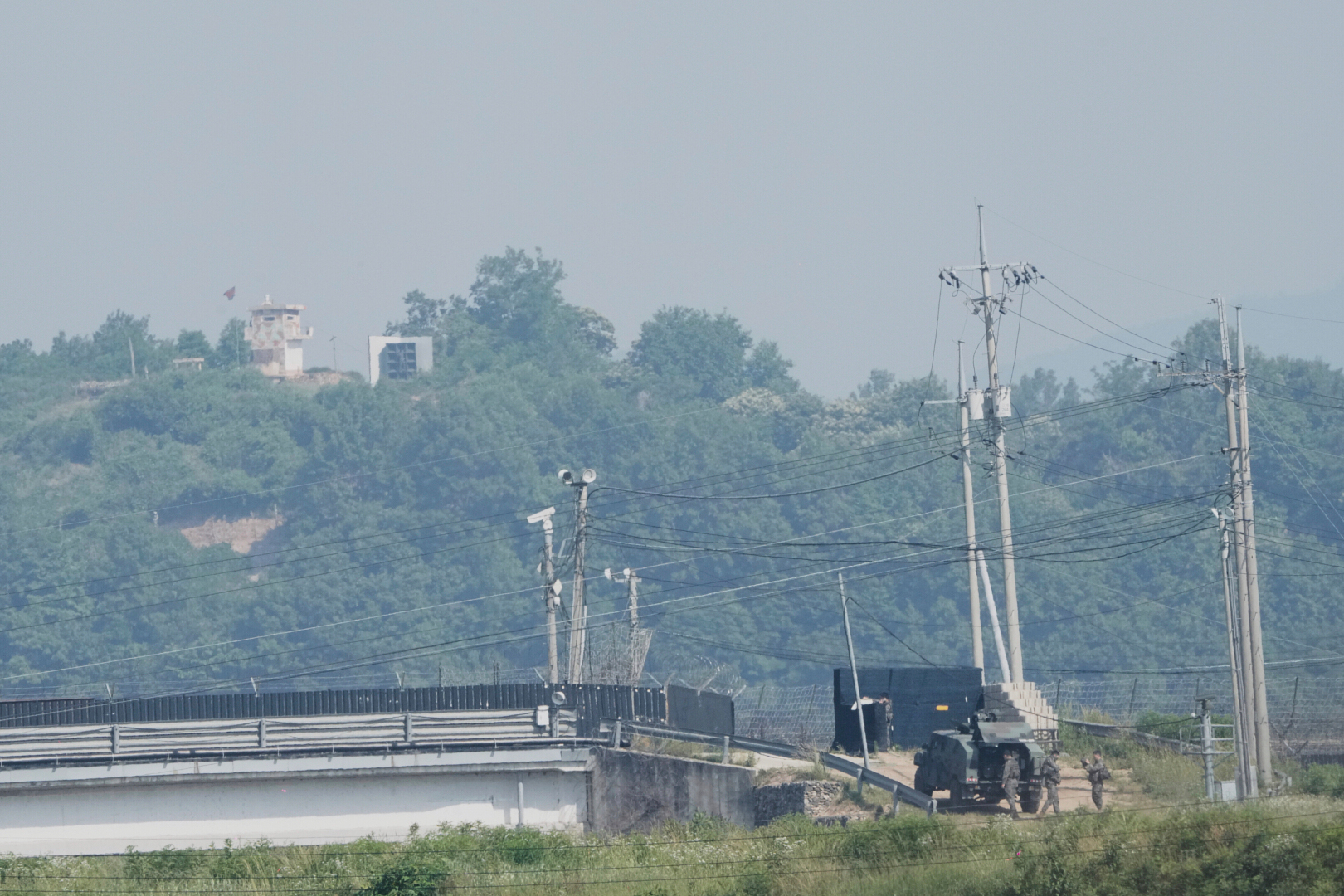‘Bone Lake’ review: Vacationing couples duel in heavily borrowed horror film
Mercedes Bryce Morgan’s horror film “Bone Lake” announces itself with a startlingly cheeky opener and closes with a bloody gore-fest, the song “Sex and Violence” by U.K. punk outfit the Exploited spelling out the thesis of the film for us. It’s about the intertwining of sex and violence, you see. But what unfolds between these naughty, viscera-drenched bookends is less of a traditional horror film and more of a psychosexual thriller, like “Funny Games” played between two, young attractive couples, with a setup borrowed from “Barbarian.”
In the script by Joshua Friedlander, a double-booking of a secluded rental mansion becomes a double date when Will (Alex Roe) and Cin (Andra Nechita) stumble in on the intimate weekend vacay of Sage (Maddie Hasson) and Diego (Marco Pigossi). The couples decide to make the best of it and stay, promising to rock-paper-scissors for the house if anything gets “weird.”
And get weird it does. While Diego and Sage seemed perfectly happy on arrival, the sexy, uninhibited Will and Cin have a way of nosing out their insecurities, finding the cracks in their connection and weaseling their way in. Suddenly, their lackluster sex life is on trial, and Sage’s resentment about financially supporting Diego while he pursues his dream of writing a novel bubbles to the surface.
Like any weekend-goes-awry horror movie (e.g., “Speak No Evil”), the female half of the couple catches a bad vibe that her male partner dismisses, due to his vested interest in wanting to stay. For Diego, it’s the promise that Cin will share his writing with his favorite author, for whom she claims to work. They overlook the red flags, blow off their opportunities to leave and decide to go all in with this wanton pair, drinking, playing games, breaking into secret rooms and dodging sexual overtures from each of them.
Morgan and her cinematographer Nick Matthews make the location fun to look at, with a saturated color palette and clever camera movements. However, there are scenes where the film is frustratingly dim and underlit, even if it might be justified by the power going out during a storm.
While there’s a certain verve and style to the middle section, where Will and Cin draw in their prey and toy with them, the Grand Guignol climax bears no rhythm or suspense; it’s merely a bludgeoning of the audience with carnage — too much too late.
Other blunt instruments? Roe and Nechita, who don’t play their roles with any subtlety. Roe’s Will comes off as a dangerous himbo; Nechita’s Cin is an over-the-top minx in her seduction of both Diego and Sage. While Hasson’s Sage is a plausibly strident freelance journalist type, you wonder if she has much experience with female friendship, because Cin’s manipulation is so painfully obvious. Pigossi’s self-obsessed novelist, however, is perfectly pitched in his all-around obliviousness.
There’s a kernel of something fascinating at the center of “Bone Lake,” a melding of sex and violence into gestures that are familiar from true crime stories. But there’s not enough motivation baked into the big third-act twist, and the performances just aren’t strong enough to suggest anything deeper.
“Bone Lake” offers up an appealing surface but it’s ultimately too shallow to get you immersed.
Katie Walsh is a Tribune News Service film critic.
‘Bone Lake’
Rated: R, for strong bloody violence, grisly images, sexual content, graphic nudity, language throughout and some drug use
Running time: 1 hour, 34 minutes
Playing: In wide release Friday, Oct. 3






